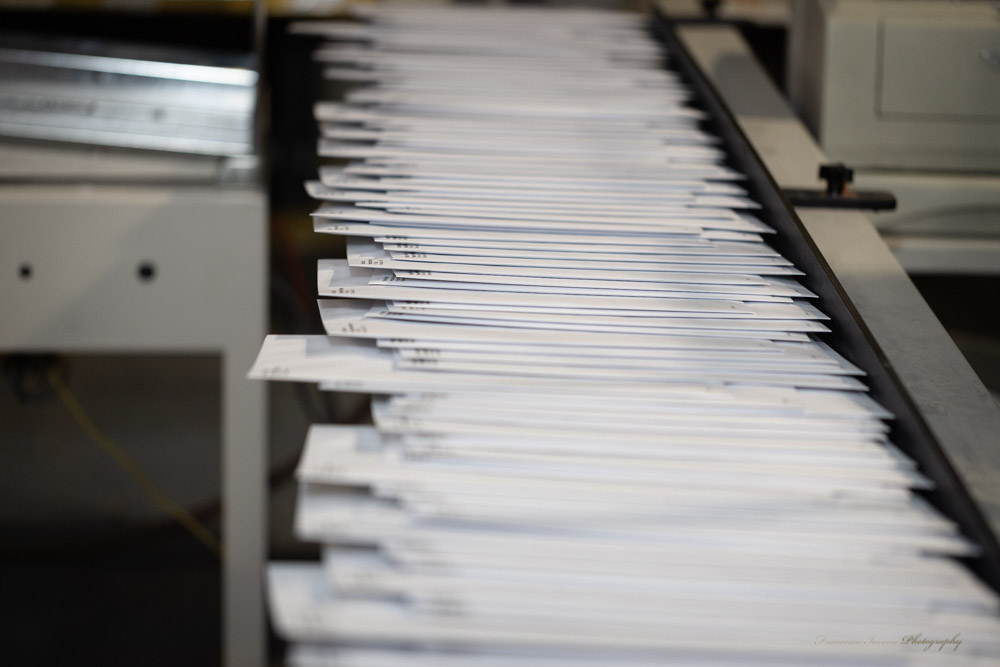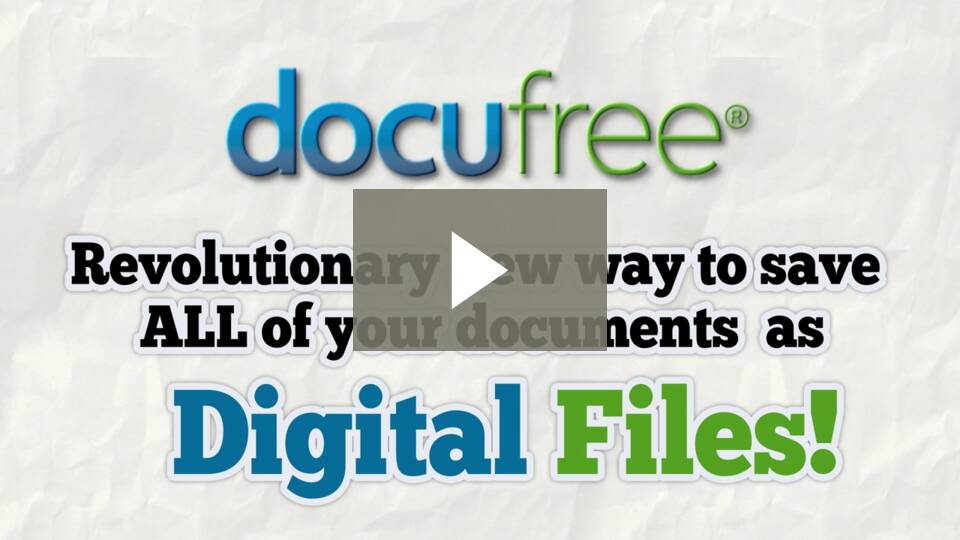The Great Recession was the last major event that reshaped how the legal industry operated. Since that time, the industry has begun to accept that technology can be successfully and securely applied to perform firm-related activities and deliver a variety of legal services more efficiently and cost-effectively—while still maintaining the necessary client confidentiality. While technology innovation is taking place in the legal industry; the change has been slow, much akin to turning an aircraft carrier.
However, the pandemic has given law firms a new window of opportunity to use technology to innovate much quicker, especially as many organizations allow some form of ongoing remote work.
According to the 2021 Report on the State of the Legal Market, most firms now acknowledge that remote working—though clearly different from in-person operations— can succeed. The proportion of U.S. lawyers who now want to work remotely at least one day a week has doubled from the pre-pandemic period. While 37 percent of lawyers expressed an interest in remote work prior to the pandemic, 76 percent now favor the remote work option.
The same report indicated that partners in most firms now have a broader acceptance of the role of technology in the effective delivery of legal services than before the pandemic began. In fact, 84 percent of partners expected their firms to increase investments in technology.
The Physical Mailroom Becomes an Operational Nightmare
As a result of the pandemic, law firms had people working from home several days a week, only coming into the office part time. However, their physical mail was still being delivered daily to the firm’s business address, making it impossible to have time-sensitive documents redirected to attorneys’ home offices.
The underlying problem: The exorbitant number of documents still in paper form. Law firms— large and small—have business-essential mailstreams coming through the U.S. Postal Service in physical form that have to be captured; data extrapolated; and then married with electronic counterparts. This manual and already time-intensive process quickly became a logistical nightmare for law firms—even with an army of staff with daily orders to open, copy, scan, send, and repeat.
Law firm processes are dependent upon mailstream documents, including communications and negotiations between opposing parties and critical, time-critical court and trial-related documents. Conventional mailrooms were built for a legal world that no longer exists. The time has come to innovate the traditional mailroom by eliminating it—and all the associated challenges—altogether.
The Dawn of the Digital Mailroom
A digital mailroom can help a law firm overcome these challenges and begin to transition its operations to include more digital workflows that have become a necessity in today’s remote-work world.
The reality is that so many law firms still live in a world of paper, email, scanning and manual workflows. Insert time, case-management software, eDiscovery, and cost-recovery models, and it becomes a communications challenge.
With a digital mailroom, law firms can capture mail and inbound documents from multiple channels—including physical mail streams from the U.S. Postal Service, emails, faxes, and web forms. The most sophisticated digital mailroom solutions offer a SaaS platform that can then intelligently and automatically processes items to ensure regulatory compliance and centralizes the information securely in the cloud to provide instant accessibility for authorized users.
Integration with Existing Practice Management Software is Key
According to the 2020 ABA Technology Report, over the last few years, more than half of law firms have begun to increasingly use practice-management software. Fifty-two percent of lawyers surveyed shared that their firms had case/practice-management software available at their firms.
In order for a digital mailroom to deliver on the full range of its benefits, integration with an existing legal-management system is essential. So how does it work?
Using the Litify platform as an example, mail is scanned the moment it arrives, then uploaded to the right case file in the system and sent to the appropriate parties through automatic notifications. Mail then becomes searchable, quick to retrieve and instantly accessible from anywhere, at any time. Sending mail out is as easy as selecting or generating a response and clicking a button. All the work to print, fold, meter and ship mail is automated. The platform also directly links to case-management systems so when a particular case is searched, all documents and correspondence with that case appears in one view.
Future Focus for Law Firms: Narrowing the Digital Divide
In a recent survey by Sandpiper Partners and Williams Lea, 61 percent of law firms surveyed are making significant investments to meet client demands in digital document management. In a similar survey, it was found nearly half (46 percent) of law firms surveyed are considering outsourcing mailing systems and the use of digitalized mail systems.
Being able to manage physical documents plus a wide array of electronic information in an efficient manner is critical for legal practices. Too many firms are still operating with the same physical paper mentality they’ve had for decades, resulting in misdirected deliveries, delayed and misplaced mail and checks, and paralegals spending too much time scanning, uploading, naming and attaching documents to the case-management system.
Digital mailrooms allow law firms to accelerate mail delivery; develop superior response-and-cycle times; realize significant cost savings; improve accountability; and enhance security and compliance. Morgan & Morgan, with 60-plus offices across the country that receives more than 50,000 pieces of case-related mail per month, is one firm that has benefited immensely from deploying a digital mailroom.
Is your law firm ready to narrow the digital divide?





